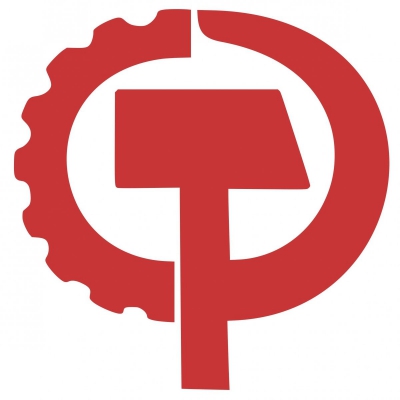The United States district courts are the trial courts of the U.S. federal judiciary. There is one district court for each federal judicial district, which each cover one U.S. state or, in some cases, a portion of a state. Each district court has at least one courthouse, and many districts have more than one. District courts' decisions are appealed to the U.S. court of appeals for the circuit in which they reside, except for certain specialized cases that are appealed to the U.S. Court of Appeals for the Federal Circuit or directly to the U.S. Supreme Court.
District courts are courts of law, equity, and admiralty, and can hear both civil and criminal cases. But unlike U.S. state courts, federal district courts are courts of limited jurisdiction, and can only hear cases that involve disputes between residents of different states, questions of federal law, or federal crimes.
Unlike the U.S. Supreme Court, which was established by Article III of the Constitution, the district courts were established by Congress under the Judiciary Act of 1789. There is no constitutional requirement that district courts exist at all. Indeed, after the ratification of the Constitution, some opponents of a strong federal judiciary urged that, outside jurisdictions under direct federal control, like Washington, D.C., and the territories, the federal court system be limited to the Supreme Court, which would hear appeals from state courts. However, this view did not prevail, and the first Congress created the district court system that is still in place today. When the Act was first passed, there were thirteen districts created among the eleven states which had ratified the constitution by that point. When North Carolina and Rhode Island voted to ratify, a district was created for each of them bringing the number of districts to fifteen.
There are 89 districts in the 50 states, with a total of 94 districts including territories. There is at least one judicial district for each state, the District of Columbia, and Puerto Rico. The territories (insular areas) of Guam, the Northern Mariana Islands, and the United States Virgin Islands each have one territorial court; these courts are called "district courts" and exercise the same jurisdiction as district courts, but differ from district courts in that territorial courts are Article IV courts, with judges who serve ten-year terms rather than the lifetime tenure of judges of Article III courts, such as the district court judges. American Samoa does not have a district court or a federal territorial court, and so federal matters there are sent to either the District of Columbia or Hawaii.
The Communist Party USA, officially the Communist Party of the United States of America (CPUSA), is a communist party in the United States established in 1919 after a split in the Socialist Party of America following the Russian Revolution.The history of the CPUSA is closely related to the American labor movement and communist parties worldwide. Initially operating underground due to the Palmer Raids starting in the First Red Scare, the party was influential in American politics in the first half of the 20th century and played a prominent role in the labor movement from the 1920s through the 1940s, becoming known for opposing racism and racial segregation after sponsoring the defense for the Scottsboro Boys in 1931. Its membership increased during the Great Depression, and they played a key role in the Congress of Industrial Organizations. The CPUSA subsequently declined due to events such as World War II, the beginning of the Cold War, the second Red Scare, and the influence of McCarthyism. Its opposition to the Marshall Plan and the Truman Doctrine was unpopular, with its endorsed candidate Henry A. Wallace under-performing in the 1948 presidential election. Its support for the Soviet Union increasingly alienated it from the rest of the left in the United States in the 1960s.The CPUSA received significant funding from the Soviet Union and crafted its public positions to match those of Moscow. The CPUSA also used a covert apparatus to assist the Soviets with their intelligence activities in the United States and utilized a network of front organizations to shape public opinion. The CPUSA opposed glasnost and perestroika in the Soviet Union and as a result major funding from the Communist Party of the Soviet Union ended in 1989.

1949Oct, 14
Eleven leaders of the American Communist Party are convicted, after a nine-month trial in a Federal District Court, of conspiring to advocate the violent overthrow of the U.S. Federal Government.
Choose Another Date
Events on 1949
- 1Apr
Communist Party of China
Chinese Civil War: The Chinese Communist Party holds unsuccessful peace talks with the Nationalist Party in Beijing, after three years of fighting. - 20Jul
1948 Arab-Israeli War
Israel and Syria sign a truce to end their nineteen-month war. - 1Oct
Mao Zedong
The People's Republic of China is established and declared by Mao Zedong. - 2Oct
Mao Zedong
The Soviet Union recognises the People's Republic of China, proclaimed the previous day by Mao Zedong. - 14Oct
People's Liberation Army
Chinese Civil War: Chinese Communist forces occupy Guangzhou.

 English
English  español
español  français
français  português
português  русский
русский  العربية
العربية  简体中文
简体中文 